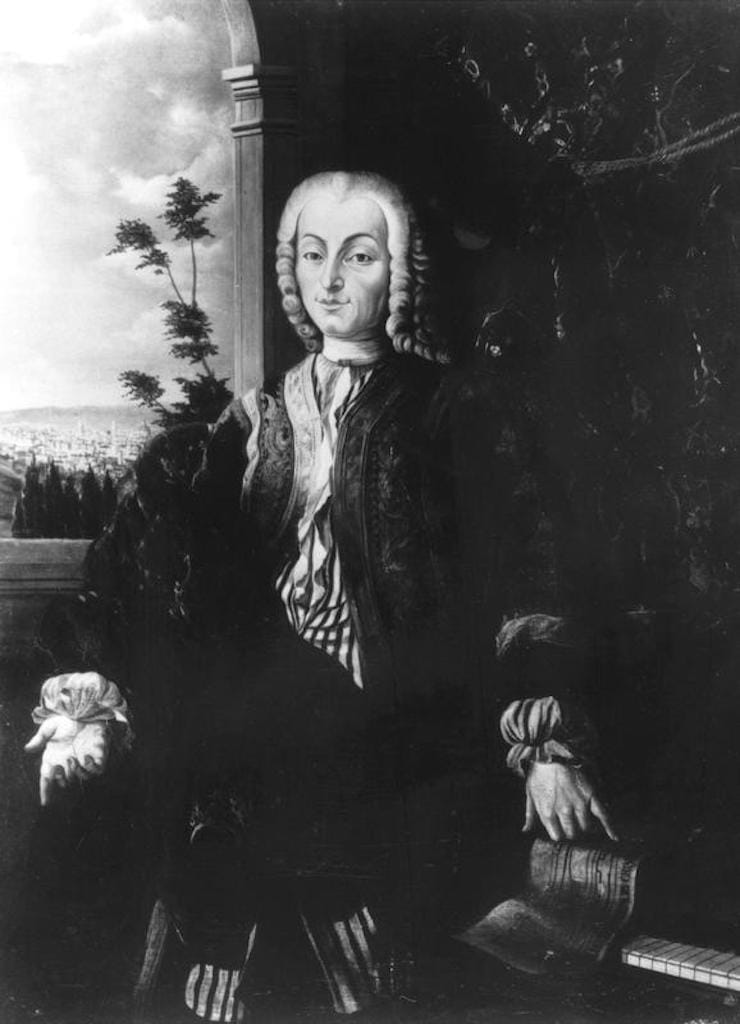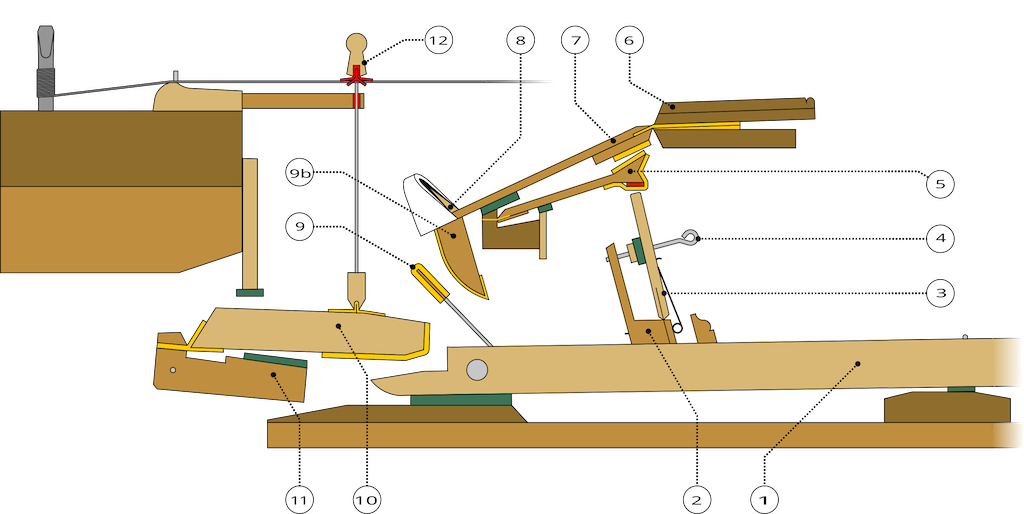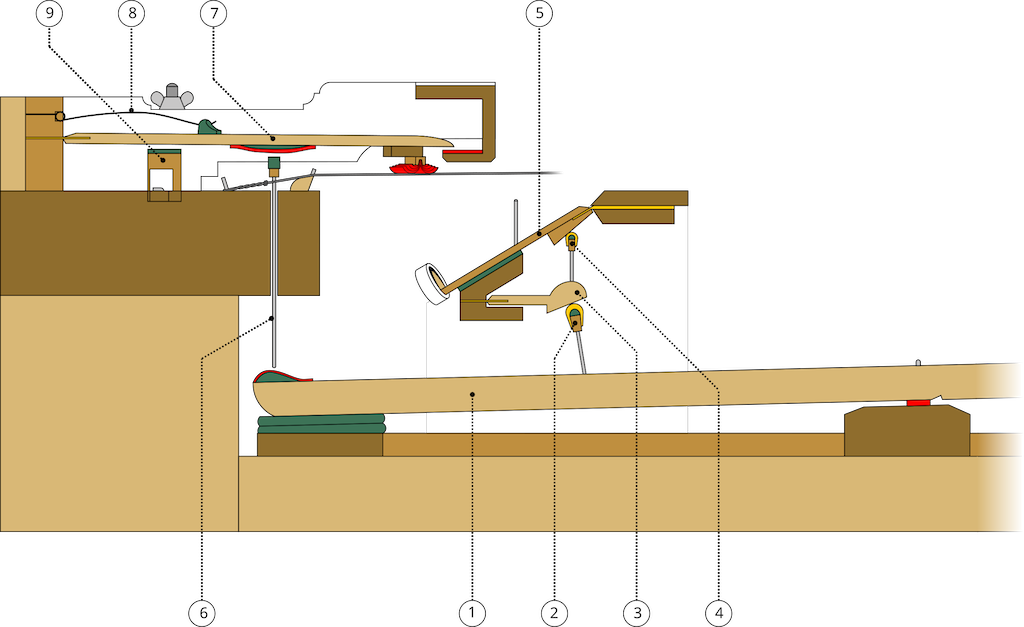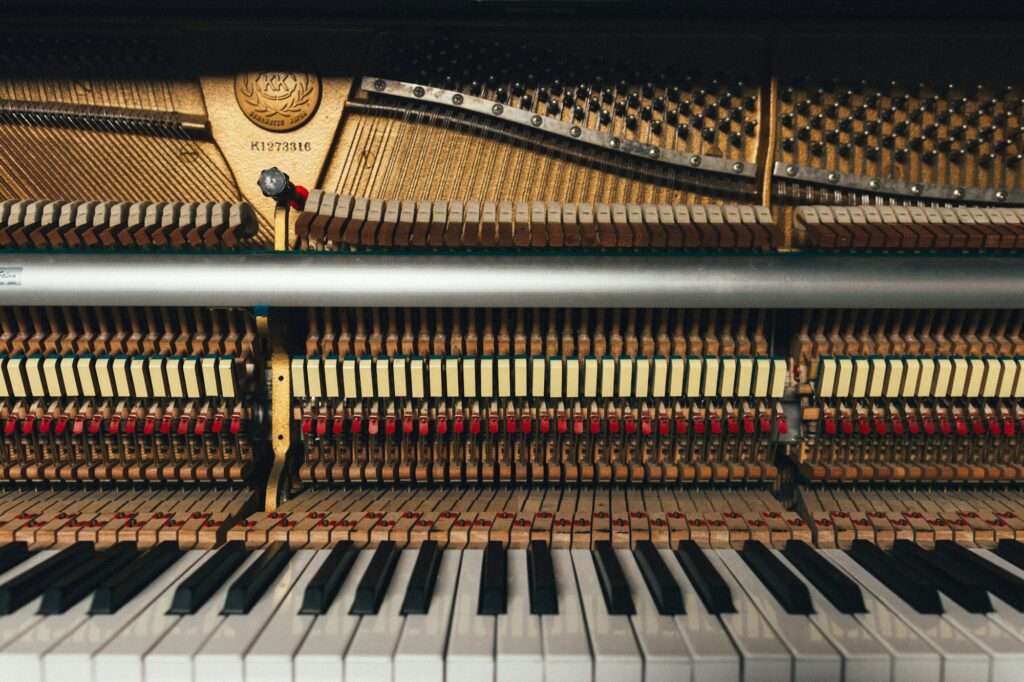From its invention in the early 18th century to its enduring presence on the concert stage and in conservatories worldwide, the piano has played a central role in shaping the evolution of classical music. Its unique combination of melodic and harmonic capability, dynamic range, and expressive nuance enabled composers to experiment, innovate, and communicate with unprecedented depth. This article explores the piano’s historical emergence, its contribution to compositional development, and its broader influence on the classical music tradition.

The Birth of a Revolutionary Instrument
The piano emerged around 1700, developed by Bartolomeo Cristofori, a harpsichord maker at the Medici court in Florence. Unlike the harpsichord, where strings were plucked, Cristofori’s pianoforte used hammers to strike the strings, allowing players to vary the volume depending on the force used—hence its original name, gravicembalo col piano e forte (“harpsichord with soft and loud”).

This revolutionary mechanism made the instrument uniquely expressive. Over the 18th century, the piano underwent significant technical improvements: stronger frames, extended key ranges, and improved action mechanisms all contributed to its transformation into the powerful instrument we recognise today.
The Piano in the Classical Period: Haydn, Mozart and Beethoven
By the mid-18th century, the piano had begun to eclipse the harpsichord and clavichord as the primary keyboard instrument. Composers such as Joseph Haydn and Wolfgang Amadeus Mozart embraced its expressive capabilities, using it to develop new forms and idioms. Mozart’s piano concertos exemplify a refined classical style that balances elegance and virtuosity. His later concertos, such as No. 20 in D minor (K. 466), explore a darker, more dramatic palette—something the harpsichord could never convincingly convey.


Double action with check from Broadwood & Sons square piano, Photo: Mireut, CC BY-SA 2.5 https://creativecommons.org/licenses/by-sa/2.5, via Wikimedia Commons | Pilot mechanism of the first three-string pianos, manufactured around 1790 by the Erard brothers.
However, it was Ludwig van Beethoven who truly redefined the piano’s role. A formidable pianist himself, Beethoven viewed the instrument as a vehicle for emotional and structural innovation. His 32 piano sonatas represent a compositional journey from classical form to romantic expressivity. Works like the “Appassionata” Sonata (Op. 57) or the “Hammerklavier” (Op. 106) stretched both the instrument’s technical boundaries and the emotional capacity of keyboard music. He also inspired piano makers to build instruments with broader dynamic ranges and greater durability, directly influencing the instrument’s development.

The Romantic Explosion
With the dawn of the 19th century, the piano became the Romantic composer’s ideal companion. It allowed for personal, introspective expression—often referred to as lyrical poetry without words. Composers such as Franz Schubert, Frédéric Chopin, Robert Schumann, and Johannes Brahms composed extensively for solo piano, often pushing the boundaries of form, harmony, and technique.
Chopin, in particular, revolutionised piano writing. His études, nocturnes, and ballades were not only deeply expressive but also technically demanding, turning pianism into a highly cultivated art form. His use of rubato, pedal effects, and chromatic harmony redefined the piano as a means of poetic introspection.
Similarly, Franz Liszt elevated the role of the pianist to that of a virtuoso-showman. His transcription of orchestral works for solo piano—such as Beethoven’s symphonies or Schubert’s Lieder—demonstrated the piano’s capacity to evoke a full orchestral palette. His innovations in technique, including rapid leaps, glissandi, and octave passages, remain benchmarks for pianists even today.
Pedagogical Importance and Domestic Appeal
By the mid-19th century, the piano was not just a concert instrument but also a staple of bourgeois domestic life. Owning a piano symbolised cultural refinement and upward mobility. Music publishers responded by printing arrangements of symphonies, operas, and art songs for home consumption. This facilitated the spread of classical music far beyond the concert hall, allowing amateur musicians—especially women—to participate in musical life.
This domestic ubiquity also influenced composition. Clara Schumann, Fanny Mendelssohn, and later, composers such as Amy Beach, wrote salon-style piano works designed for intimate settings. At the same time, pedagogues like Carl Czerny and later, Alfred Cortot, developed method books and études that have become essential parts of classical piano training.
The Piano as a Compositional Laboratory
Throughout the 19th and 20th centuries, the piano became an essential tool for composers. Many used it not just as a performance instrument but as a compositional aid—a way to experiment with harmony, counterpoint, and texture. For example, Johannes Brahms tested intricate rhythmic groupings and harmonic progressions at the keyboard, while Claude Debussy explored impressionistic colour and ambiguity using its full range.
In the early 20th century, composers began to stretch the sonic possibilities of the piano even further. Scriabin pushed harmonic boundaries into mysticism. Ravel’s “Gaspard de la nuit” and Prokofiev’s toccatas expanded the limits of texture and dynamics. Meanwhile, in the United States, composers like Charles Ives and George Gershwin brought American idioms—ragtime, jazz—into the classical canon via the piano.
The Modern and Contemporary Piano
In the 20th and 21st centuries, the piano has remained a central instrument in classical music, though its role has evolved. Composers such as Olivier Messiaen, György Ligeti, and John Cage challenged listeners’ expectations of what piano music could be. Cage’s prepared piano, in which objects are placed between the strings to alter the instrument’s timbre, created an entirely new sound world. Ligeti’s Études reinvented pianistic technique for a post-tonal age, combining polyrhythm, spectral harmony, and physical virtuosity.
Today, composers continue to write for the piano in diverse idioms—from spectral music to minimalism to neo-tonality. Meanwhile, pianists such as Krystian Zimerman, Yuja Wang, and Daniil Trifonov reinterpret traditional repertoire with fresh insight, demonstrating the instrument’s continued vitality.
An Instrument of Endless Possibility
The piano’s unique combination of pitch range, polyphonic capability, and dynamic flexibility makes it an unparalleled tool for both expression and experimentation. It is equally at home in solo, chamber, and orchestral contexts. In many ways, the development of classical music from the 18th century onward mirrors the evolution of the piano itself—technically, expressively, and structurally. Moreover, the piano’s widespread accessibility has made it a gateway into classical music for generations of listeners and performers. Whether in conservatories, living rooms, concert halls, or digital platforms, the piano continues to inspire awe, contemplation, and creative innovation.
Source:https://serenademagazine.com/the-pianos-pivotal-role-in-shaping-classical-music/

